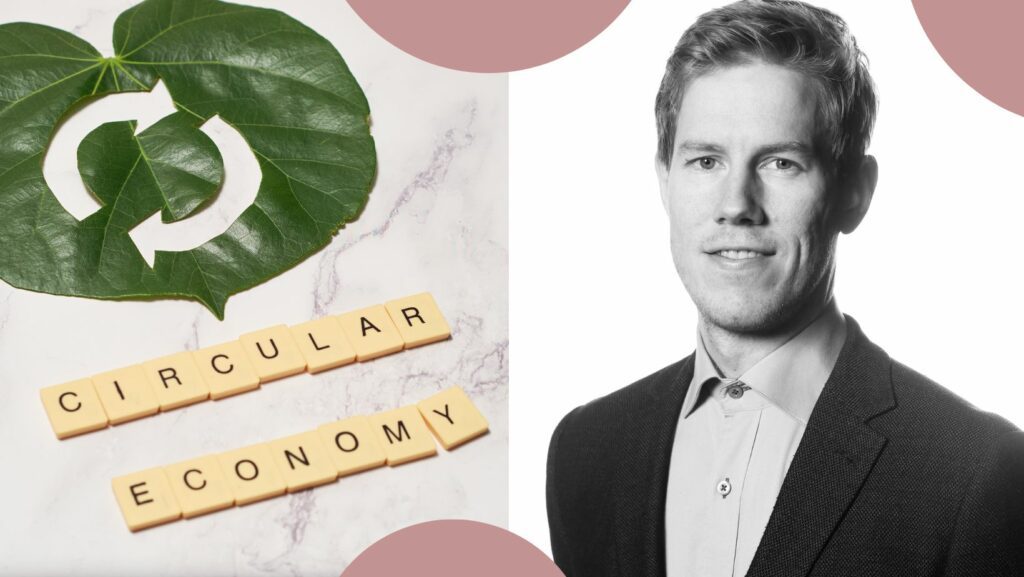NEW RESEARCH: New way to measure circularity can give small businesses a head start in the transition
- Published: 14 Aug 2025,
- 2:36 PM
- Updated: 14 Aug 2025,
- 10:47 AM

Two new circularity metrics can make it easier and cheaper to demonstrate the benefits of circular business models. For small businesses, it can be a valuable tool – both for winning tenders and strengthening their competitiveness. This is according to Johan Brändström, University of Gävle, who in his doctoral thesis focused on developing and evaluating the new measures.
Congratulations on your dissertation! What is your doctoral thesis about?
– I have explored how to measure and communicate the benefits of circular business models using the circularity metrics developed in the thesis. They are methodologically simpler than life cycle assessment (LCA), which is a standardized method for calculating the environmental impact of products and services. Although LCA can provide very detailed information on potential environmental impacts, it can also be both time and resource consuming.
– Therefore, I have focused on developing the Material Efficiency Metric (MEM) and the Resource Efficiency Metric (REM) – two new circularity metrics that can quickly provide an indication of the resource efficiency of circular business models.
What have you found out?
– My case studies included companies that provide light as a service with recycled materials and long-life luminaires, as well as companies that refurbish furniture that would otherwise have been discarded and incinerated.
– The thesis shows that MEM gives similar results to the environmental impact category mineral resource scarcity and can thus indicate material efficiency of a circular solution. Similarly, REM is suitable for indicating global warming potential to give an indication of the climate impact of the business model. This means that in some cases these metrics can be used instead of full-scale LCAs and still provide a sufficient basis for decision-making.
How can smaller businesses benefit from your findings?
– Smaller companies often do not have the resources for a full-scale LCA. With my circularity metrics, they can easily get the basis to make internal decisions about which direction to take their organization.
– Potentially, the evidence can also be used with customers, investors and public authorities – increasing their chances of winning tenders and strengthening their position in the market.
Why is your research important?
– To achieve a circular economy, we need tools that everyone can use. My metrics can reduce the cost of environmental impact assessments and make it easier to communicate environmental benefits, which in turn accelerates the transition.
Was there anything in your research that surprised you?
– Yes, the fact that the results of the circularity measures correlated so clearly with each environmental impact category. This shows that measurement can be simplified without losing too much precision – at least for some categories in specific contexts.
What messages do you have for policy makers who want to accelerate the development of a circular economy?
– Many of the circular initiatives available on the market are currently being adopted by smaller businesses. However, regulations and instruments are largely adapted to linear systems. To promote the competitiveness of these companies and the solutions that provide the greatest environmental benefits, procurement should be adapted to promote circular solutions, for example through functional procurement.
– Other solutions include higher quality requirements and regulations and economic instruments that reward resource efficiency.
Contact johan.brandstrom@hig.se
Chasingcircular.com (guide to the circular economy and more information about Johan Brändström)
More about the thesis
Johan Brändström recently defended his doctoral thesis – Circularity metrics and Life Cycle assessment – Evaluating the outcome of circular economy strategies / Cirkularitetsmått och livscykelanalys – Utvärdering av resultatet av strategier för cirkulär ekonomi.



